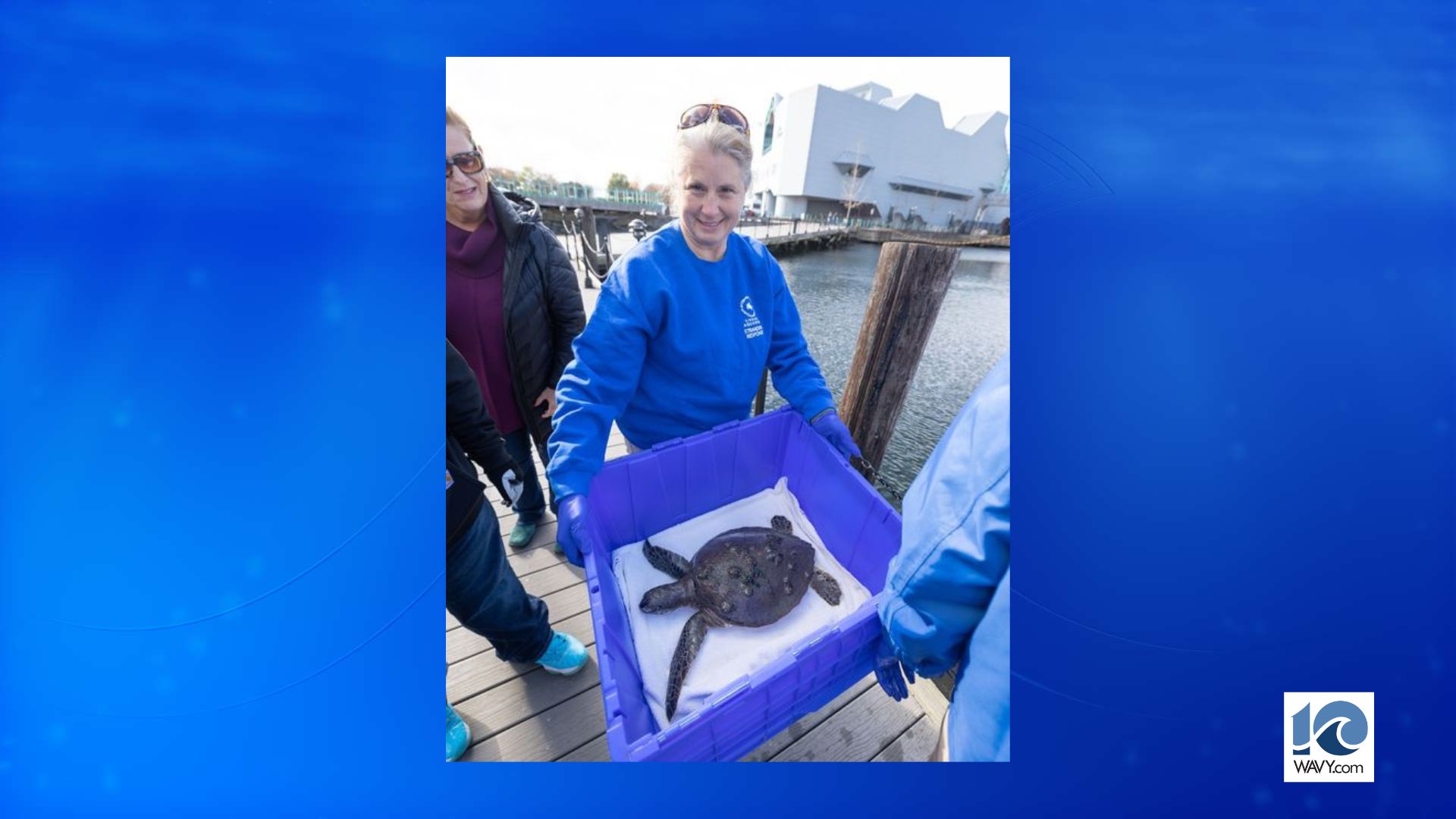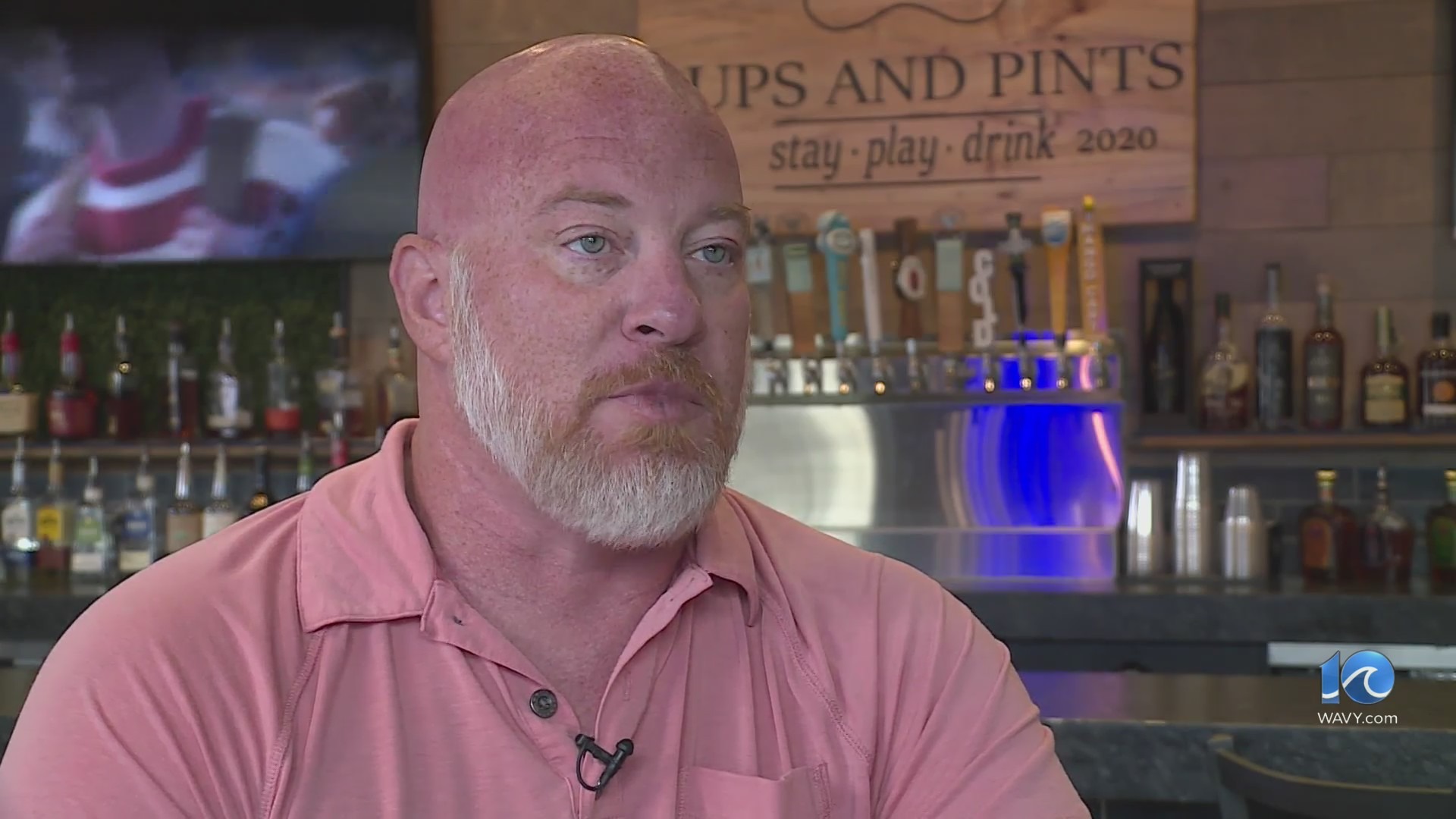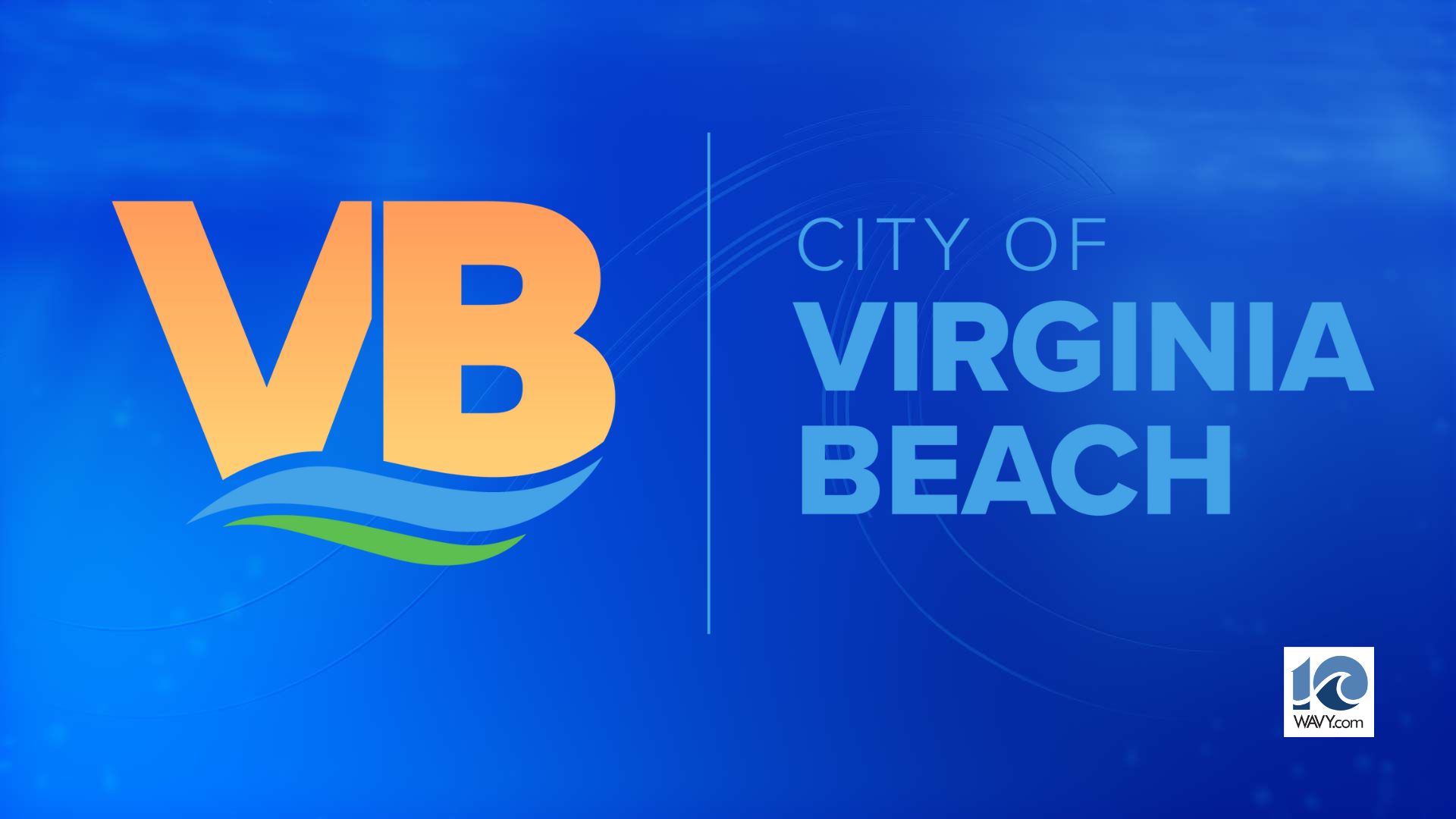TAMPA, Fla. (WFLA) — Hurricane Ian was downgraded to a Category 1 system late Wednesday night, hours after it made landfall, according to the National Hurricane Center.
A Flash Flood Warning is currently in effect for Hardee, Highlands, Manatee, Sarasota, and Polk counties.
The storm made landfall near Cayo Costa, Florida around 3 p.m. Wednesday as a Category 4 hurricane with 150 mph winds. By 11 p.m., it had weakened to a category 1 with maximum sustained winds of 105 mph.
The storm was about 70 miles south of Orlando, Florida, and 80 miles southeast of Cape Canaveral, Florida, as it moved north-northeast at 8 mph.
“It will continue to move north-northeast into Hardee and Polk counties before moving near Orlando as a tropical storm,” said Storm Team 8 Meteorologist Eric Stone.

Ian was expected to emerge over the Atlantic Ocean Thursday night, turn toward the north and travel over northeastern Florida, Georgia, and South Carolina coasts Friday.
While Ian is expected to continue to weaken as it moves across the Florida Peninsula, the system could regain hurricane strength once it moves over the east coast of Florida.
New watches and warnings were issued for North Carolina and South Carolina Wednesday evening.
Central Florida and northeast Florida could still see 12 to 20 inches of rain, with some areas seeing isolated maximum amounts of 30 inches. The storm could dump another 6 to 8 inches of rain on South Florida and the Florida Keys with some areas seeing about 12 inches.
Central Florida is vulnerable to “widespread, life-threatening catastrophic flash, urban, and river flooding,” with “major to record” flooding along rivers, the NHC added.
Tampa Bay and other parts of Florida are also under a storm surge warning, meaning the storm could raise water levels above normal tides.
According to the NHC, water could reach the following heights above ground in the following areas:
- Englewood to Bonita Beach, including Charlotte Harbor — 8-10 ft
- Bonita Beach to Chokoloskee — 5-8 ft
- Flagler/Volusia County Line to Altamaha Sound — 4-6 ft
- Chokoloskee to East Cape Sable — 3-5 ft
- Altamaha Sound to South Santee River — 3-5 ft
- St. Johns River north of Julington — 3-5 ft
- St. Johns River south of Julington — 2-4 ft
- Suwannee River to Middle of Longboat Key, including Tampa Bay — 2-4 ft
- South Santee River to Little River Inlet — 2-4 ft
- East Cape Sable to Card Sound Bridge — 1-3 ft
- Patrick Air Force Base to Flagler/Volusia County Line — 1-3 ft
- East of Little River Inlet to Cape Lookout — 1-3 ft
- Florida Keys — 1-3 ft
The NHC said the deepest water will be near and to the right of the hurricane’s center, where large waves will accompany the storm surge. The flooding is dependent on the timing of the surge and the tidal cycle, creating varying levels of floodwaters over short distances.
Here is a list of watches and warnings that are in effect as of 11 p.m. ET. Wednesday.
A Hurricane Warning is in effect for:
- Chokoloskee to Anclote River, including Tampa Bay
- Sebastian Inlet to Flagler/Volusia County Line
A Storm Surge Warning is in effect for:
- Suwannee River southward to Flamingo
- Tampa Bay
- Flagler/Volusia Line to the mouth of the South Santee River
- St. Johns River
A Tropical Storm Warning is in effect for:
- Indian Pass to the Anclote River
- Boca Raton to Sebastian Inlet
- Flagler/Volusia County Line to Surf City
- Flamingo to Chokoloskee
- Lake Okeechobee
- Bimini and Grand Bahama Islands
A Storm Surge Watch is in effect for:
- North of South Santee River to Little River Inlet
A Hurricane Watch is in effect for:
- Flagler/Volusia County Line to the South Santee River
A Tropical Storm Watch is in effect for:
- North of Surf City to Cape Lookout
Tracking Hurricane Ian
>> Latest updates on Hurricane Ian
>> Max Defender 8 Hurricane Guide
>> Download the Max Defender 8 app


























